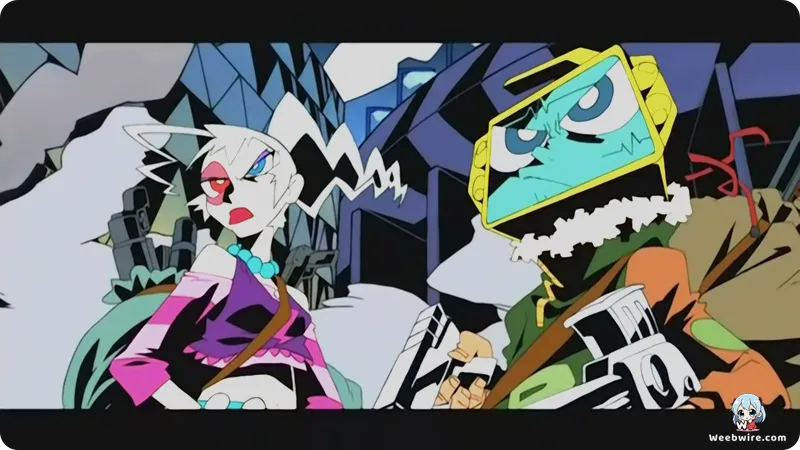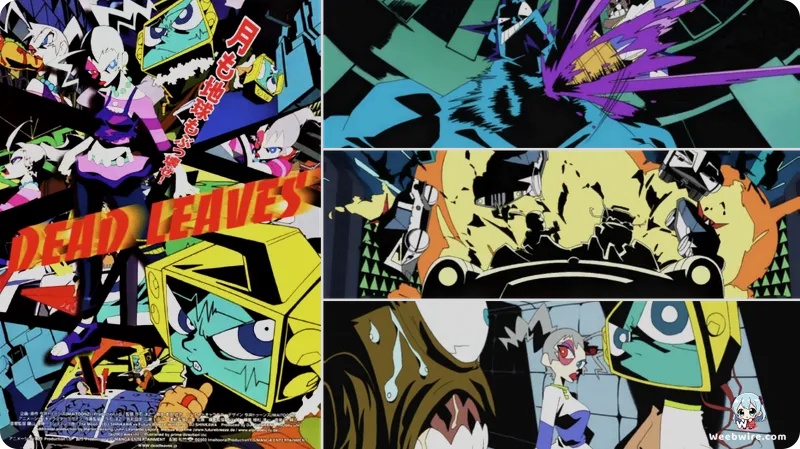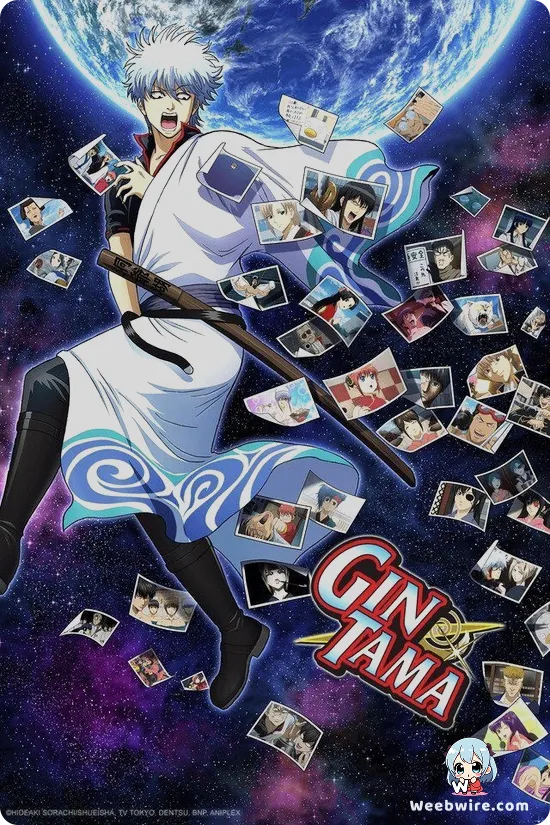Unleashing Chaos: The Enduring Cult Legacy of Production I.G's 'Dead Leaves' and Hiroyuki Imaishi's Visionary Debut

Step into the high-octane universe of 'Dead Leaves,' Production I.G's 2004 animated original video animation (OVA). This 50-minute film remains a distinct anomaly in anime history, showcasing a raw and unfiltered vision from director Hiroyuki Imaishi, who later gained acclaim for 'Gurren Lagann' and 'Kill la Kill.' 'Dead Leaves' served as a foundational display for Imaishi's developing, explosive style, with behind-the-scenes aspects solidifying its enduring cult status.
A Unique Visual Aesthetic
The film's most notable element is its unique visual style. Imaishi’s directorial signature is evident: a hyper-kinetic blend of exaggerated character designs, bold lines, vibrant colors, and animation that prioritizes visceral impact and speed over conventional realism. This audacious style was a deliberate departure, influenced by Western underground comics and classic American cartoons. It consciously diverges from the polished character models often associated with Production I.G’s mainstream works like 'Ghost in the Shell,' embracing a rougher, punk-rock sensibility. This approach facilitates dynamic action sequences where characters stretch and contort, amplifying the relentless motion and surreal absurdity.
Iconic Protagonists: Retro and Pandy
At the core of this chaos are Retro and Pandy, protagonists who redefine anime heroism. Retro, with his distinctive television-set head, and Pandy, a heavily armed woman with a fierce, panda-like appearance, are instantly recognizable. Their designs are both grotesque and endearing, pushing boundaries with aggressive femininity and resilience, a characteristic of Imaishi's subsequent heroines. Retro's TV head adds a wonderfully bizarre element, subtly suggesting themes of media saturation or enhancing the film's surreal atmosphere.

Hiroyuki Imaishi's Pivotal Work
'Dead Leaves' marked a significant point for Hiroyuki Imaishi. As one of his initial major directorial efforts where his personal vision was fully realized, it is considered a foundational text for understanding the evolution of his signature style: rapid-fire editing, over-the-top action, comedic timing merged with dramatic intensity, and sheer audacity. Viewers familiar with 'Gurren Lagann' or 'Kill la Kill' can clearly trace the creative lineage back to this earlier, unhinged work. Production I.G, known for its diverse portfolio, granted Imaishi and his team substantial creative freedom, resulting in a raw, unfiltered film distinct from more commercially driven productions. Its concise 50-minute runtime was a deliberate choice, designed as a compact burst of energy, overwhelming viewers with relentless pace and visual information, leaving no room for lulls.
Narrative Deconstruction and Visceral Experience
The narrative, or its deliberate deconstruction, is equally compelling. Retro and Pandy awaken naked with amnesia, engage in a crime spree, and are imprisoned in Dead Leaves, a high-tech facility on the moon. The plot quickly progresses into a series of increasingly bizarre and violent escape attempts. The film consciously prioritizes pure spectacle and visceral experience over conventional storytelling, inviting audiences to embrace its chaos rather than seek a structured plot. This approach, combined with an energetic, punk-rock influenced soundtrack and exaggerated sound effects, creates a cohesive audiovisual assault that ensures 'Dead Leaves' is not merely watched, but profoundly felt.
Ultimately, 'Dead Leaves' stands as a bold testament to creative courage and unbridled artistic vision. It demands attention, offers rewards for repeat viewings due to its intricate details, and continues to be celebrated by a dedicated cult following who appreciate its unique combination of action, comedy, and surrealism. It remains a crucial work for understanding the trajectory of one of anime's most influential directors and a vibrant, unforgettable entry in Production I.G's illustrious history.
Credits
Dead Leaves
Author
Hiroyuki Imaishi
Cover Art
Hiroyuki Imaishi
Studio
Production I.G
Publisher
Production I.G
Producers





